
Purslane: The Superfood That Tastes Better Than Meat – 7 Reasons to Grow It in Your Garden
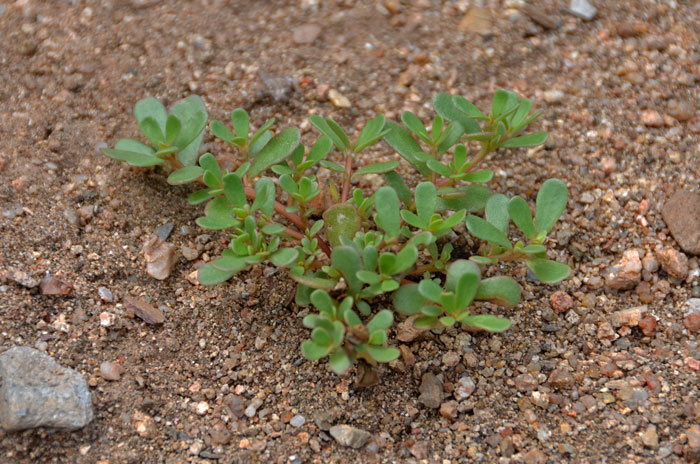
Purslane (Portulaca oleracea), often dismissed as a common garden weed, is actually a nutritional powerhouse packed with health benefits and culinary versatility. With its slightly tangy, salty, and refreshing taste, purslane can rival meat in terms of nutrition, flavor, and health advantages. If you’re not already growing this superfood in your garden, here are 7 reasons why you should start now!
1. A Nutritional Powerhouse – Higher Omega-3 Than Meat
Purslane is one of the richest plant sources of Omega-3 fatty acids, surpassing even some types of fish and meats. These healthy fats are essential for:
-
Reducing inflammation
-
Supporting heart health
-
Improving brain function
This makes purslane an excellent alternative for vegetarians and vegans looking to boost their intake of healthy fats.
2. Packed with Essential Vitamins and Minerals
Purslane is loaded with essential vitamins and minerals, including:
-
Vitamin A: Supports eye health and immune function.
-
Vitamin C: Boosts the immune system and fights oxidative stress.
-
Vitamin E: Acts as an antioxidant and supports skin health.
-
Magnesium and potassium: Regulate blood pressure and promote muscle health.
-
Iron: Supports red blood cell production.
Compared to many vegetables, purslane contains higher levels of essential nutrients per serving, making it a nutrient-dense food option.
3. Supports Heart Health
Due to its high Omega-3 content, purslane helps:
-
Lower bad cholesterol (LDL)
-
Increase good cholesterol (HDL)
Its potassium content also helps regulate blood pressure, which can reduce the risk of heart disease. Antioxidants in purslane prevent oxidative stress, which is a key factor in cardiovascular problems.
How to use it: Add purslane to salads, smoothies, or soups to naturally promote heart health.
4. Great for Weight Loss and Digestion
Purslane is low in calories but high in fiber, making it perfect for weight management. The fiber content helps you feel full for longer, reducing unnecessary cravings. Additionally, its mucilaginous texture supports digestive health by promoting gut-friendly bacteria.
How to use it: Add purslane to green smoothies, stir-fries, or light summer dishes for a low-calorie, high-nutrient meal.
5. A Natural Antioxidant Booster
Purslane is rich in antioxidants like:
-
Beta-carotene: Helps reduce premature aging.
-
Glutathione: Protects cells from oxidative stress.
-
Melatonin: Promotes healthy sleep cycles.
It also contains betalains, which are compounds known for their powerful anti-inflammatory effects.
How to use it: Enjoy fresh purslane in raw salads to maximize its antioxidant benefits.
6. Drought-Resistant and Easy to Grow
Purslane is one of the easiest plants to cultivate, thriving in poor soil and requiring minimal water. It is drought-resistant, making it a sustainable choice for home gardens. Once planted, purslane grows quickly and abundantly, providing a continuous supply of nutritious greens.
Gardening Tip: You can grow purslane from seeds or cuttings, and it flourishes even in containers, raised beds, or garden borders.
7. Delicious and Versatile in the Kitchen
Unlike many leafy greens, purslane has a pleasantly crunchy texture and a mild, lemony, slightly salty flavor, making it a versatile ingredient in the kitchen.
-
Raw: Add to salads, sandwiches, or wraps for a refreshing crunch.
-
Cooked: Use in stir-fries, soups, and omelets for added texture and nutrients.
-
Fermented: Turn purslane into a probiotic-rich side dish for gut health.
Recipe Idea: Try purslane with garlic, olive oil, and lemon juice for a simple yet nutritious side dish.
News in the same category


10 Vaseline Hacks You Probably Haven’t Tried Yet
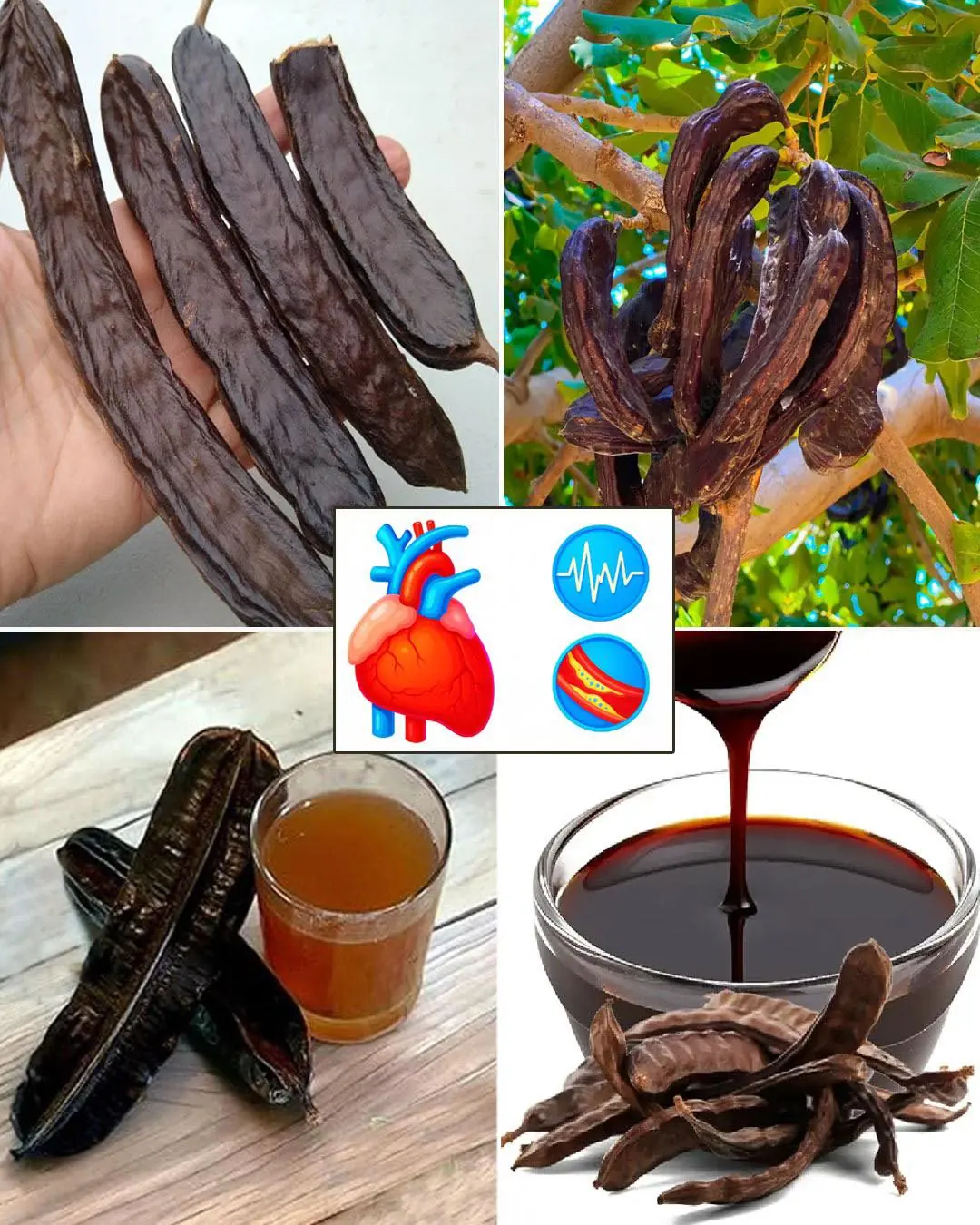
The Remarkable Benefits of Aridan (Tetrapleura tetraptera)

The Secret Power of Plantago Major that no one knows
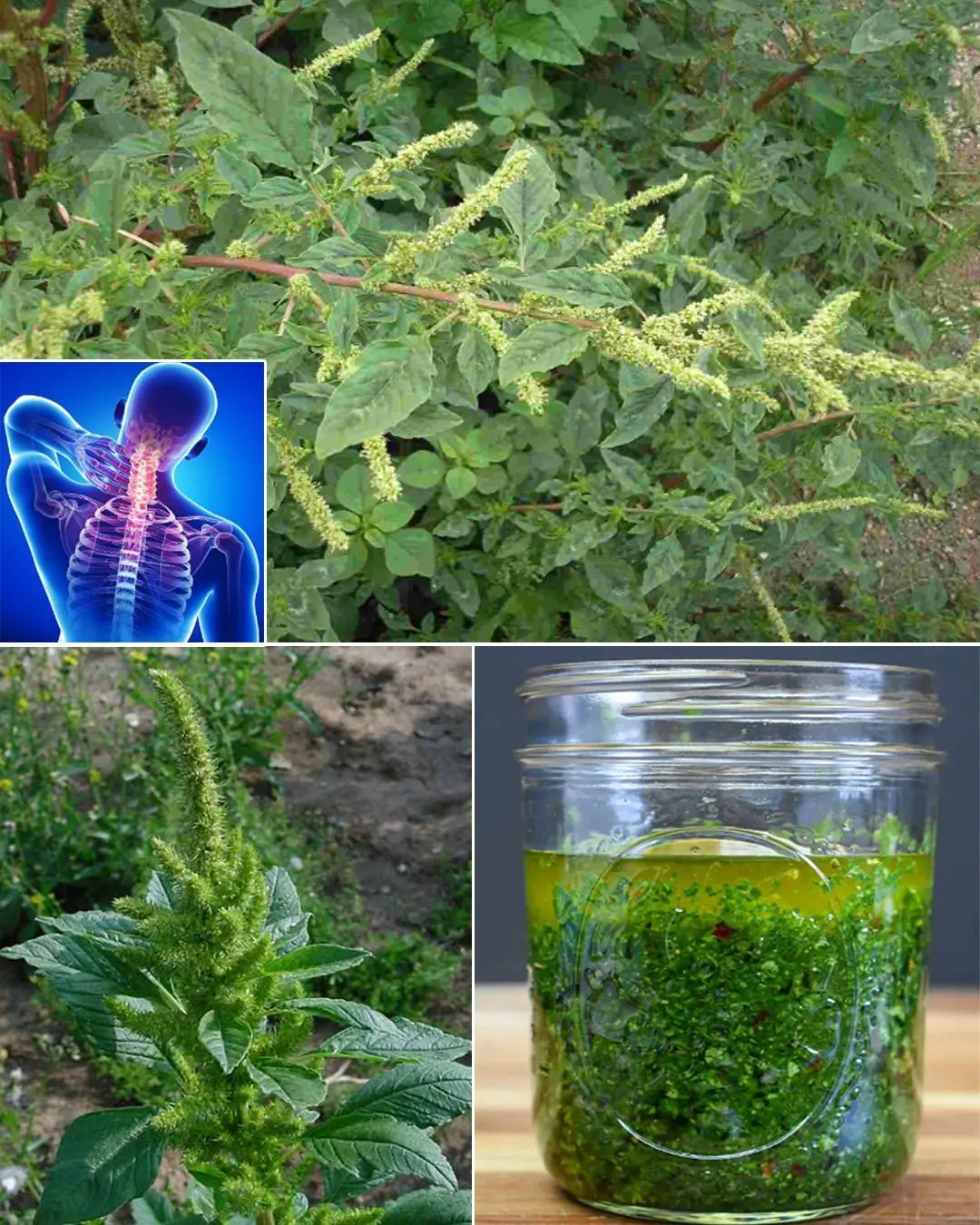
10 benefits of pigweed
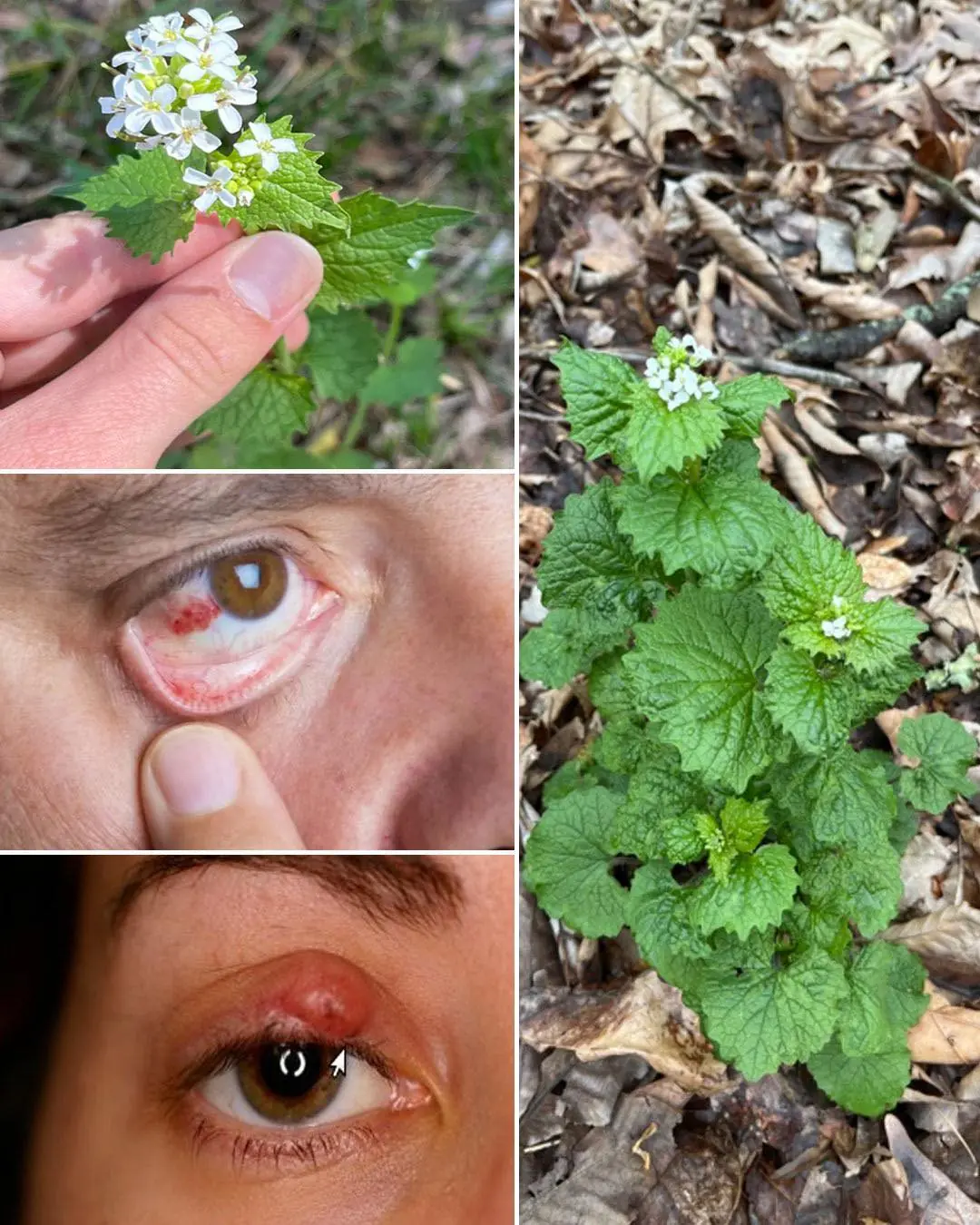
Garlic Mustard: The Overlooked Herb That Can Boost Your Health — Especially Your Eyes
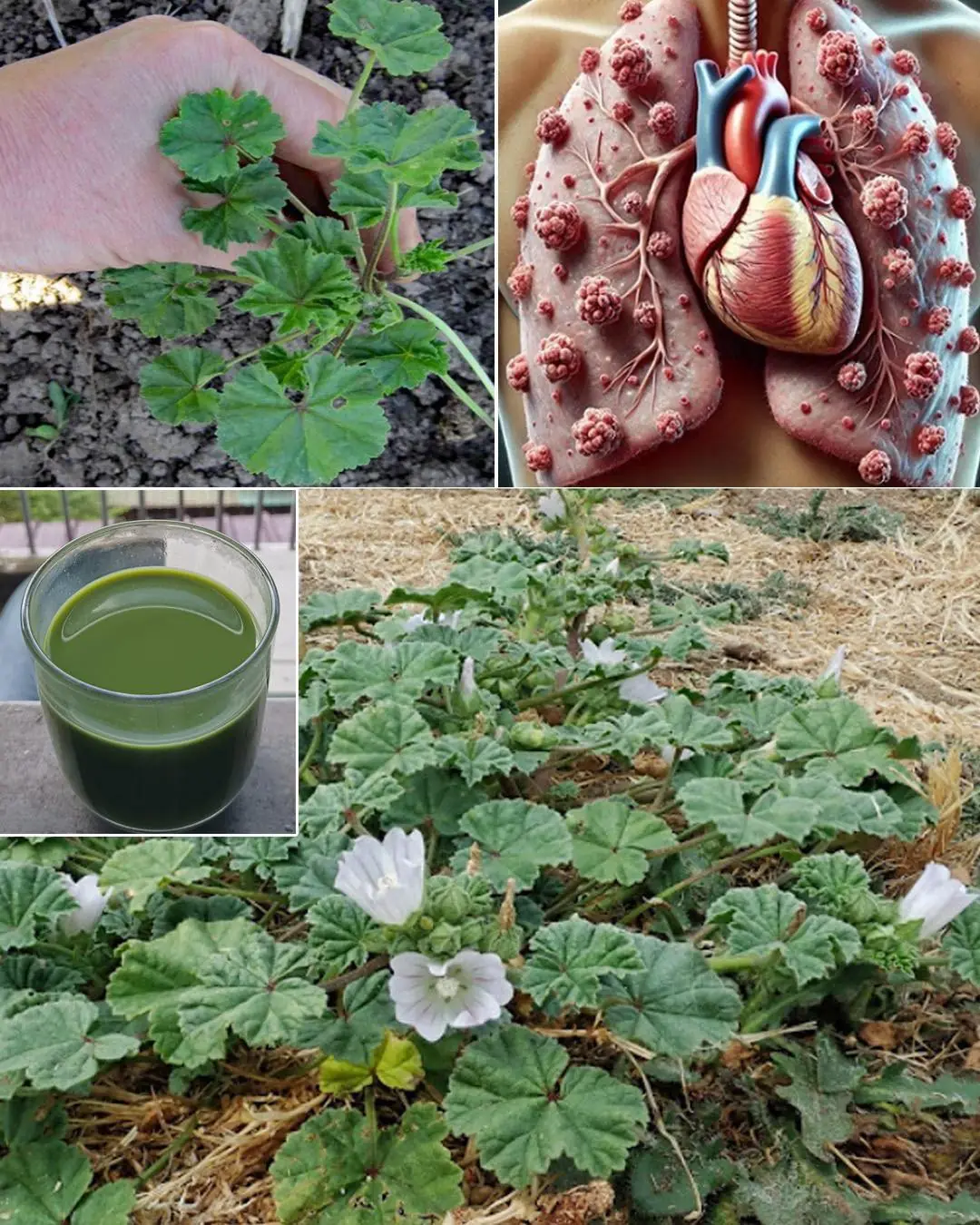
Exploring the Health Benefits of Common Mallow: A Nutritional Powerhouse
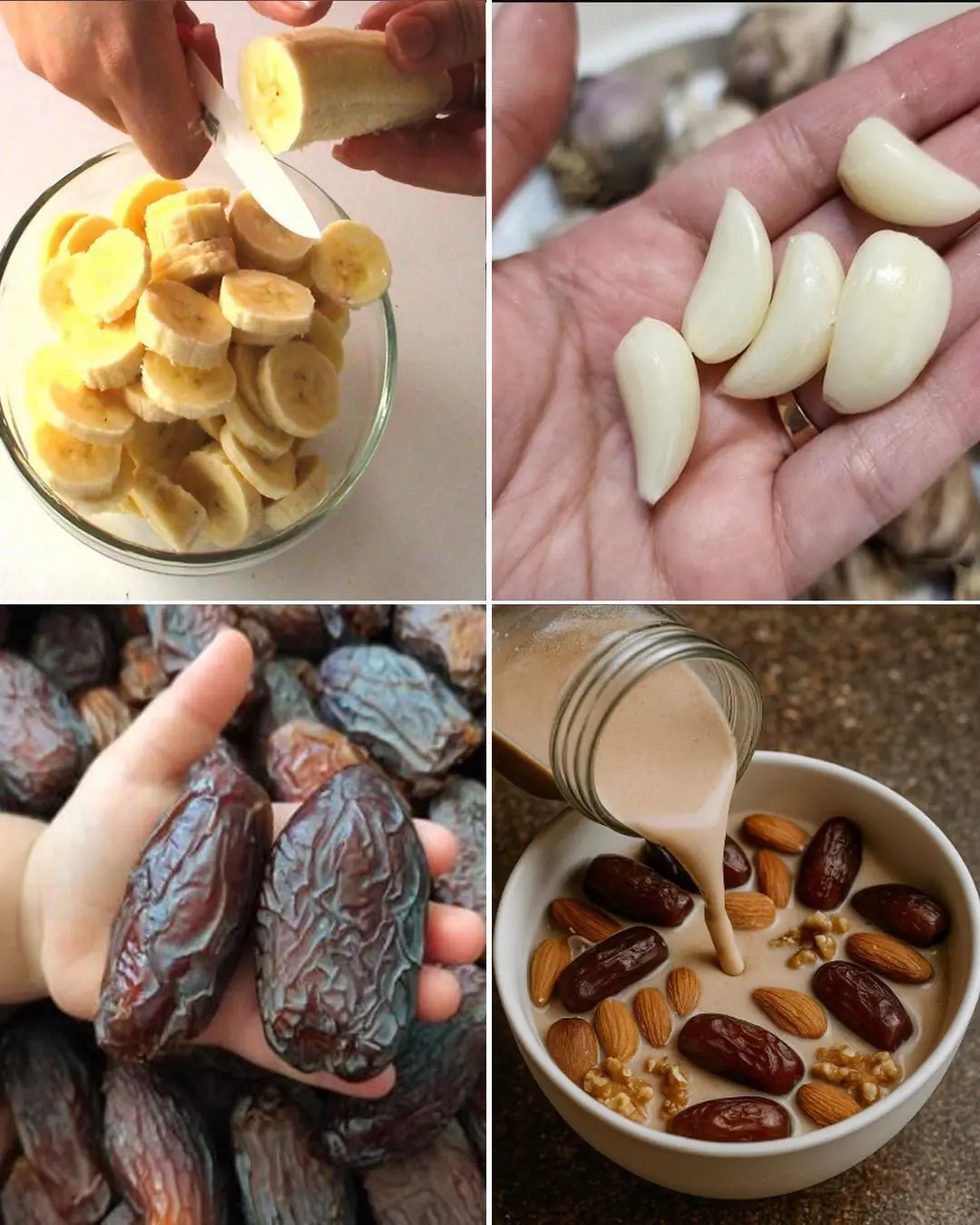
Bananas, Garlic, and Dates: The Powerful Health Combo
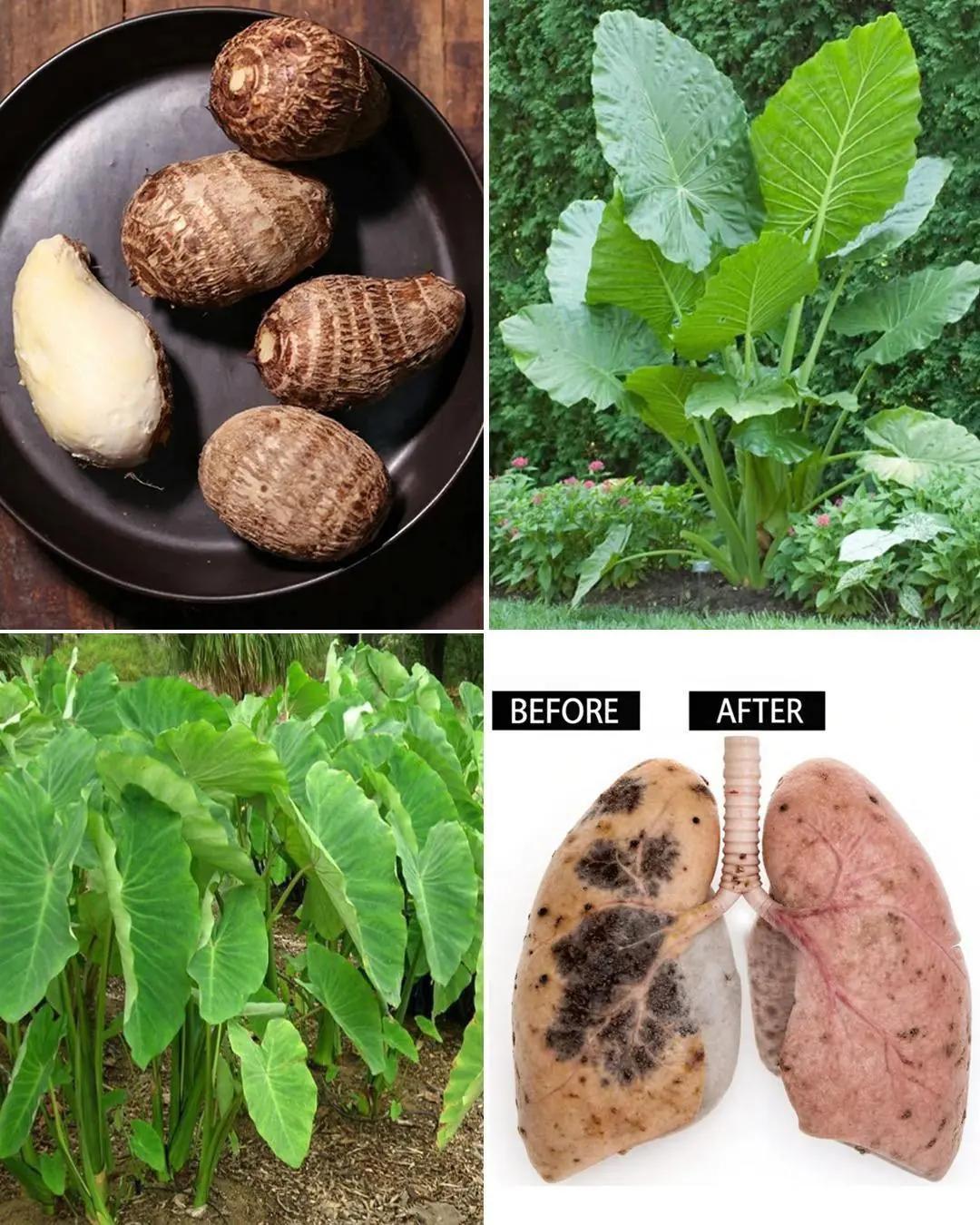
Benefits and Uses of Taro (Colocasia esculenta)

Don’t Toss Banana Peels If You Don’t Know How They Can Boost Your Wellness

Cancer Dies When You Eat These 8 Foods: Harnessing Nature’s Power
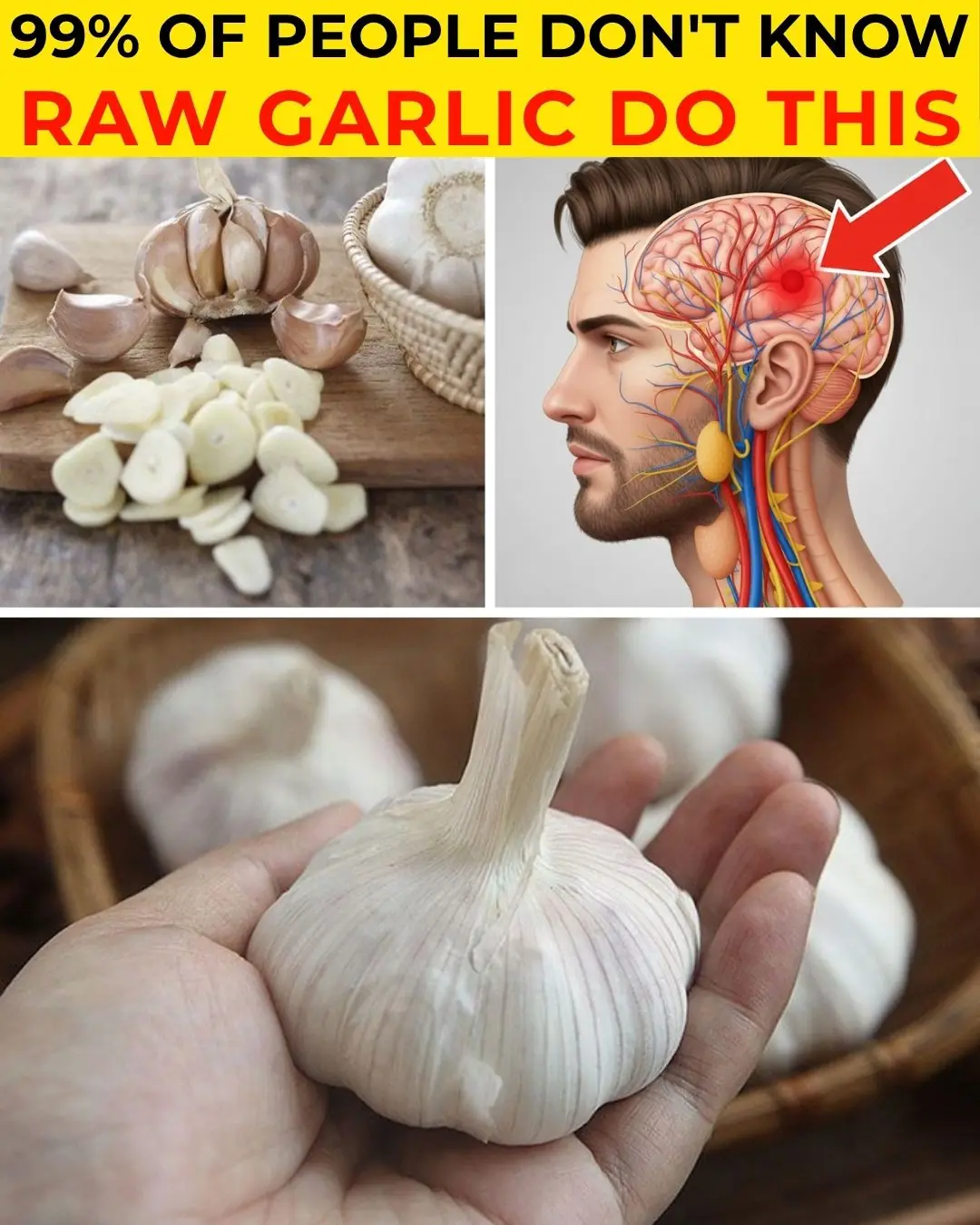
Japan’s Oldest Doctor: Can’t Sleep Through the Night? Use Garlic This Way for Deep Rest in 3 Nights
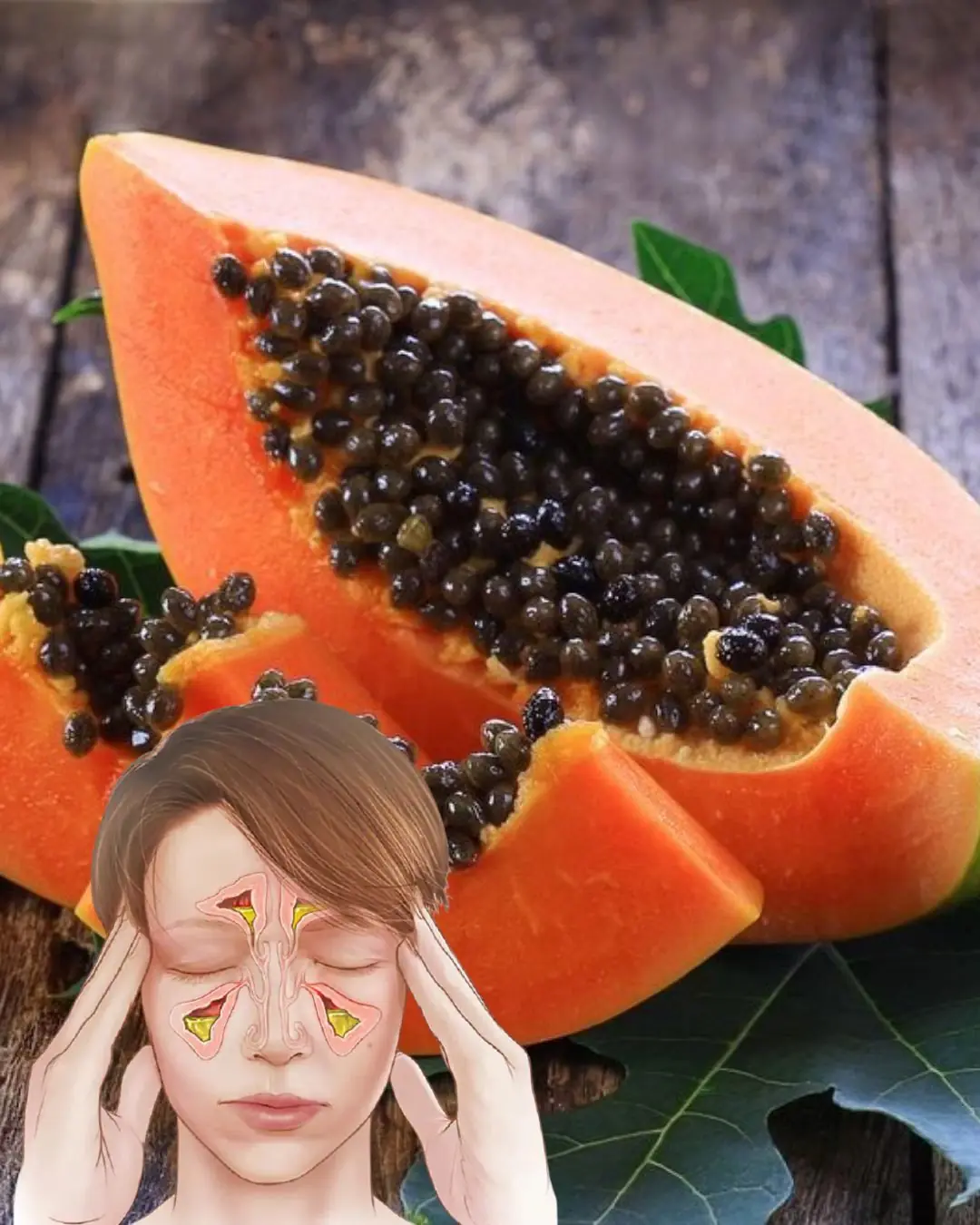
🌱 How Papaya Seeds Can Erase 10 Common Health Issues Naturally!
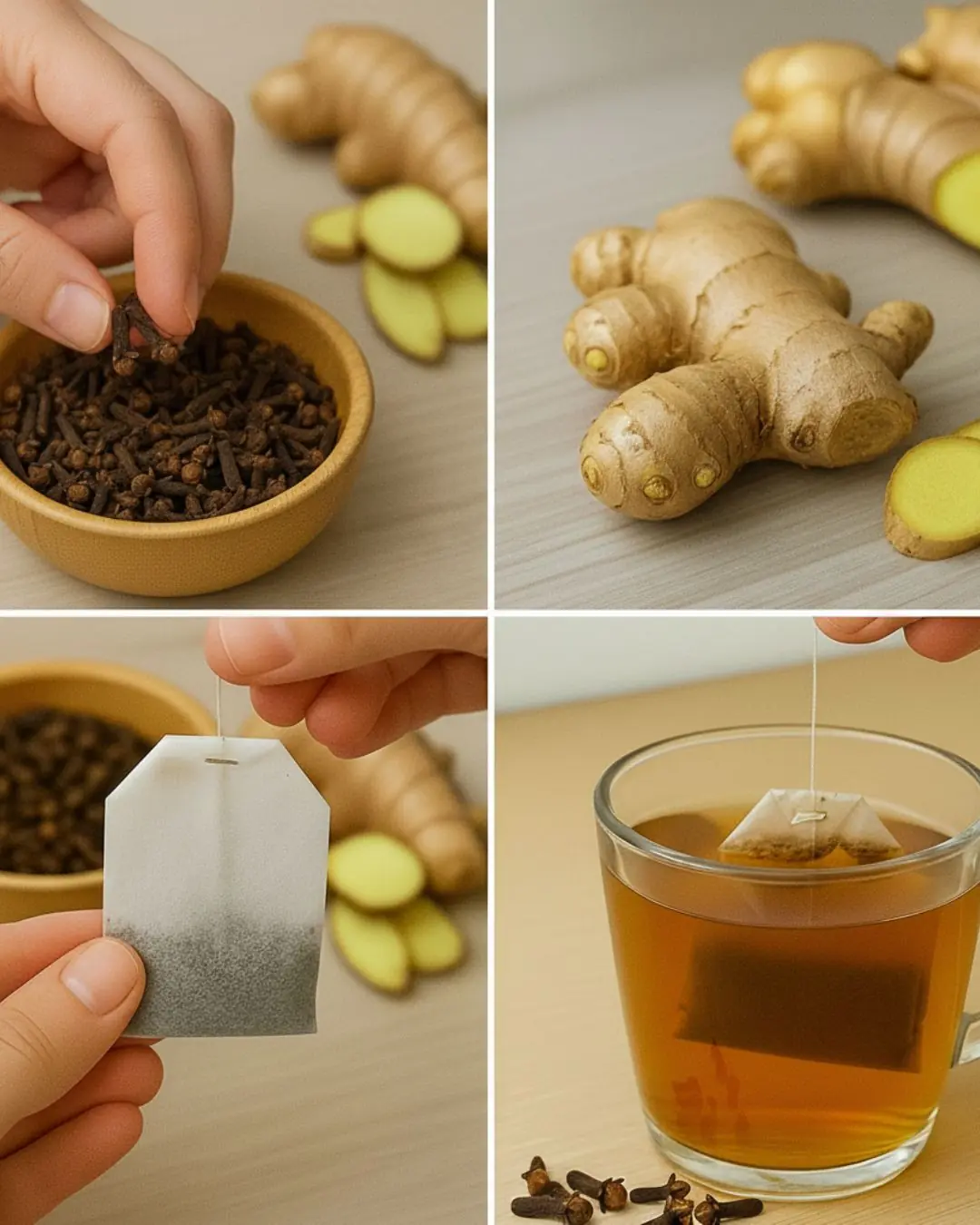
Cloves, ginger, and a Lipton tea bag combined are worth gold

Garlic: Nature’s Secret to Soothing Varicose Veins Naturally

3 Home Remedies to get rid of Skin Tags – Skin Tag Removal

✨ DIY Tomato, Turmeric & Sugar Scrub for Naturally Glowing Skin

Seniors, Eat This Fruit Before Bed to Repair Your Eyes & Vision During Sleep | Senior Health Tips
News Post

Jennifer Hudson Champions Musical Inclusivity Amid Super Bowl Language Debate

Jennifer Hudson Cheers on Bad Bunny’s Super Bowl Swagger — and Starts Learning Spanish Herself

Charli XCX shares cryptic video after Taylor Swift’s ‘Actually Romantic’ diss

NY authorities clamp down on liquor store openings citywide as booze demand plummets

Desperate rescue effort underway to save hundreds of hikers stuck on Mount Everest after snowstorm

Six signs you may be a functioning alcoholic according to doctor
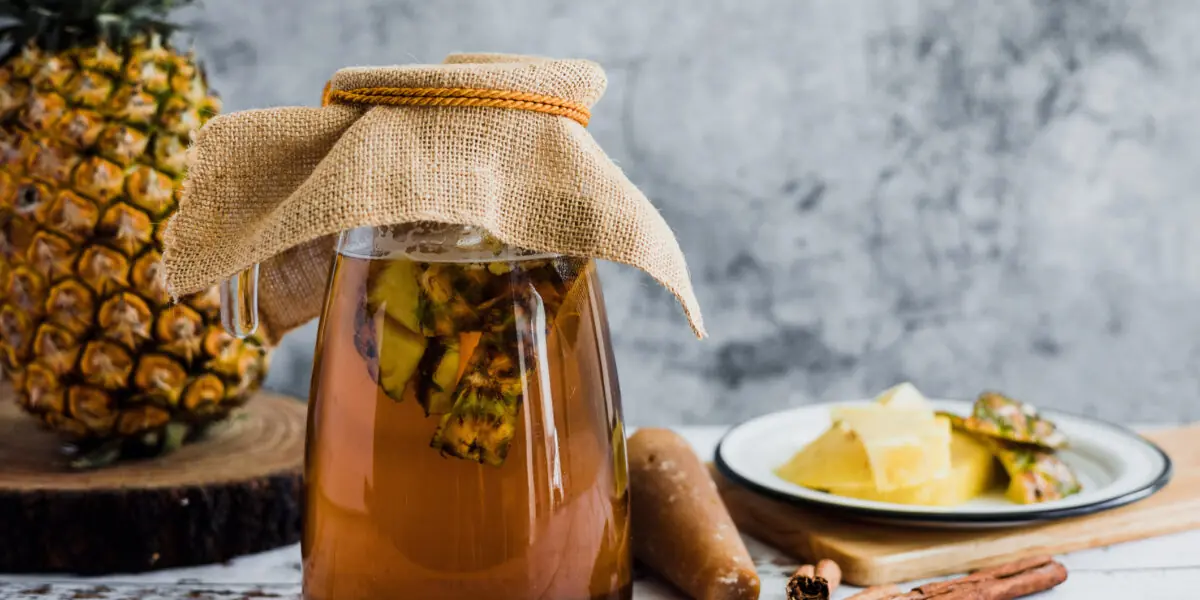
Pineapple Water: A Refreshing Drink That Supports Your Health

The Silent Threat: Recognizing Early Signs of Kidney Disease and Lifestyle Prevention

A Heartwarming Encounter: A Child’s Innocence and the Power of Love.

The Stranger Who Stopped: How One Man’s Compassion Saved a Life on a Busy Georgia Road

Baking Soda (Bicarbonate of Soda): Uses and Benefits (Science Based)

A Father’s Day Gift Like No Other: A Daughter’s Kidney, A Father’s Second Chance

Benefits of Walking: Why Walking is One of the Best Forms of Exercise 🚶♀️

Maliyah’s Fight: A Fifteen-Year-Old Cheerleader Battling Stage 4 Cancer With Courage and Faith

No Cake, No Balloons: A Firefighter’s Quiet Birthday of Purpose and Service

Orangutan Secretly Watches Over Woman During Jungle Survival Challenge

“The Stranger on a Plane: How One Man’s Kindness Gave a Mother the Gift of Rest”

A Little Fighter’s Final Victory: Remembering Bryson’s 1,027-Day Battle

A Match Made in Dog Heaven: A Toddler and Her Puppy Who Share a Special Bond
